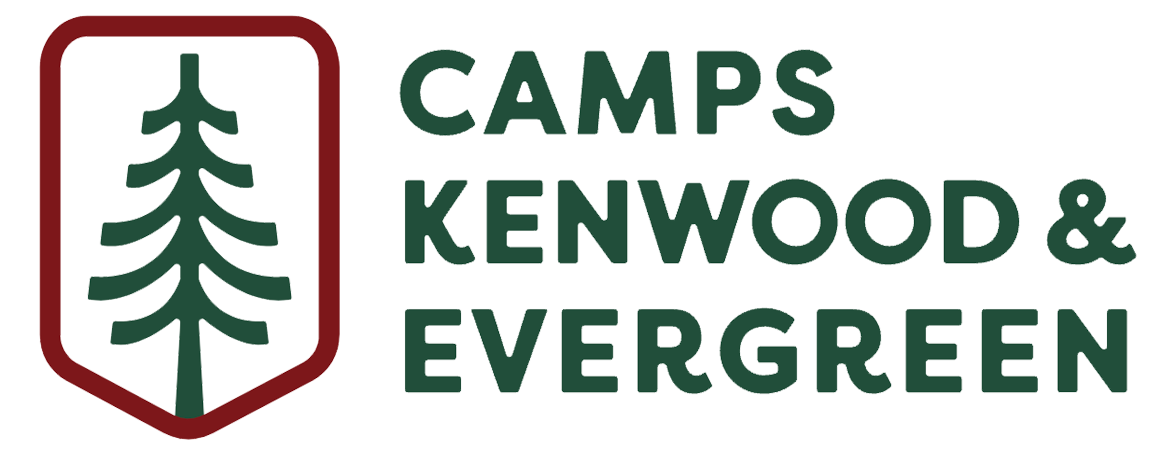Did you know there’s real strategy to Rope Burning?
Yeah, maybe K&E lifers already know this, but this summer I saw it in action for the first time. In real time.
Jordan Cohen, coaching on the Grey team, had this down, and it was incredible to watch. Teepee height versus width. Flame placement. Match economy.
Teaching iteration under pressure while a hundred kids chant “Watermelon cantelope come on baby burn that rope!”
The whole thing looked like controlled chaos from the outside. Up close? Pure strategy.
That moment pretty much captures everything I learned and loved about my first Color War this summer.
What looks like four days of organized mayhem is actually a tightly designed culture engine.
Decades in summer camping, I can tell you, this is how it’s done right.
The Design
Color War works because it’s time-boxed intensity with multiple ways to contribute.
Two teams. Four days. High stakes. Real caring.
And then…it’s over.
Kids go all-in because they know it matters. They also know there’s an endpoint. No permanent labels, no year-long hierarchies. Just focused competition that resets completely to zero.
You can care deeply and compete fiercely without it defining who you are. Competition becomes a tool to use, not a tribe to belong to.
Watching kids dial up for “Break it out Brody!” chants, seeing them invest everything they have, then watching it all dissolve back into regular camp community? That’s sophisticated stuff.
Multiple Lanes
Color War is “fought” across a number of different activities.
Debate has three or four seniors per team researching all day. Real topics, real arguments, whole camp watching. You better be prepared.
Song & Cheer is worth massive points. Getting lyrics right, performing as one voice. Memory and collective performance matter more than natural talent.
Sports blocks rotate through basketball, soccer, dodgeball, Nuke’em. Precision events like ping-pong and archery reward a different set of skills.
Every kid finds a lane where they can compete hard at something that actually matters to the outcome.
What’s Actually Happening
Rope Burning: Juniper girls and Hut 6 boys building teepee fires to burn a rope ten feet up. Three matches. Intense strategy while the whole camp chants.
Debate prep sessions where kids research like their lives depend on it, then stand up to argue in front of everyone.
Song & Cheer rallies where teams learn original lyrics and perform with everything they’ve got.
Sports rotations where Green and Gold for Evergreen and Maroon and Grey for Kenwood compete while everyone else cheers like it’s the World Cup.
Boys get a Truce Day midway through because even healthy intensity needs, well, just a little break.
It’s all working to the same thing. Big stakes. And then…
The Reset
Four days. Then it’s done.
We crown a winner. We celebrate both teams. Back to regular camp.
No grudges. No ongoing rivalry. No house systems that divide kids for months.
Preparing under pressure, contributing to team success, handling both winning and losing well. It all matters.
Go all-out for something without it becoming an identity. That’s a life skill I’ve seen adults struggle with. Heck, I like winning too. I get it.
Why This Matters
This is what healthy competition looks like. Intense enough to matter, temporary enough to ease the tension.
Most places either avoid competition entirely or let it create permanent social hierarchies.
Camp figured out how to give kids all the benefits (focus, teamwork, resilience, trying your absolute hardest) without the stuff that drags things into the negative zone.
Color War is all about competition as something you do, not something you are.
Oh, and Rope Burning? Well, next year, here’s my plan:
Wider teepee base for stability, birch bark placement at three contact points, and saving that third match for when the wind dies down.
I want to bring that thing down.
You got this,
Jack
